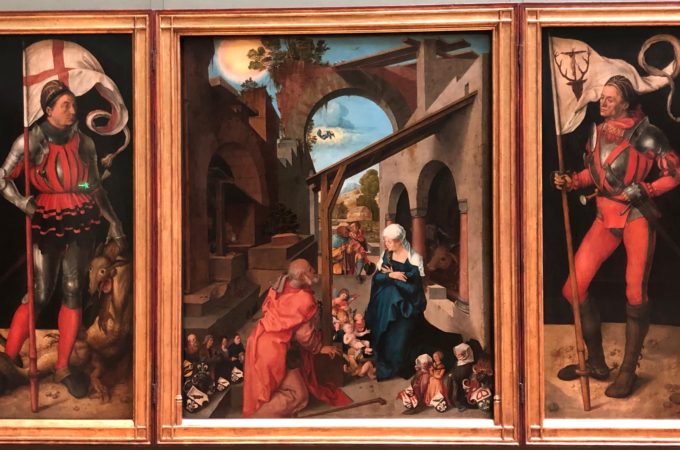Gwenyth Stadig, Associate and Upama Poudyal, Articling Student – Gowling WLG (Canada) LLP
This article forms part two of a two part series detailing the benefits and requirements of donating art for Canadian taxpayers to consider as part of their estate planning needs. Part one of this article series explored the benefits and three legal requirements for gifts of art. This article will continue the discussion on the requirements. You can find part one here.
Once a potential donor has confirmed that a potential qualified donee is interested in receiving the specific gift of art, the artwork itself must be valued to determine its fair market value (“FMV”). The official donation receipt that the qualified donee will issue to the donor if the gift is perfected at law should reflect this FMV (or a lesser amount as is detailed in the sections below).
In many cases, it is the most prudent course of action for both parties to have a third party valuator determine the FMV of the gift and issue a corresponding valuation report. This valuation report is used to validate the value of the official donation receipt should the Canada Revenue Agency (“CRA”) audits either the potential qualified donee, potential donor or both.
Notwithstanding the foregoing, the CRA has advised that if the FMV of the artwork is presumed to be less than $1,000 that a formal valuation may be cost prohibitive, and therefore a member of the qualified donee or another individual with sufficient knowledge of the property may determine the artwork’s value. Nevertheless, the potential donor and potential qualified donee should retain all documentation substantiating the FMV determination in the event that the CRA requests verification upon audit.
Qualified donees should ensure that any additional internal corporate or trust requirements regarding such valuations are also followed. The organization’s leadership should be satisfied that it can in fact receive the gift and that it has handled the valuation process appropriately.
Lastly, the qualified donee should take great care to determine if the deemed FMV rule may apply to a particular gift, which could result in a gift having a FMV equal to a donor’s cost in an asset and not the FMV at the date of the donation. If these rules apply and were not properly attended to, the CRA can reassess the official donation receipt to $0.
The deemed FMV rule provides that, under certain conditions, an official donation receipt issued for a non-cash gift must be issued for the lesser of the gift’s FMV and its cost to the donor immediately before the gift is made. The cost to the donor is often the adjusted cost base of the art, because art that is not categorized as inventory is oftentimes categorized as capital property. The conditions which determine if the deemed FMV rule applies are:
- the gift was donated to the qualified donee after December 5, 2003; and
- additionally:
- the gift received by the qualified donee was initially acquired by the donor as part of a tax shelter arrangement; or
- the gift was acquired less than three years before the time of donation; or
- the gift was acquired less than ten years before the time of donation, with one of the main purposes being to gift the property to a qualified donee.
There are some limited exemptions for the application of the deemed FMV rule which are beyond the scope of this blog.
- Voluntary Transfer of Property
Once the donor and qualified donee have: (1) agreed that the donor will give the qualified donee the gift of art which the qualified donee will accept; and (2) agreed on the amount of the official donation receipt based on the FMV of the piece of art; then the donor and qualified donee should make arrangements for the art to be transferred into the qualified donee’s possession. The qualified donee should undertake at least minimal due diligence to confirm what legal documentation it needs to transfer legal title of the art. The parties should also consider the issue and timing of insurance coverage for the piece of art in relation to the date of transfer.
Once again, the parties should consider the utility of entering into a gift agreement which details the agreed upon terms as between the parties and specifically addresses permitted future use of the donated property as well as other concerns such as naming rights and display considerations.


0 Comments